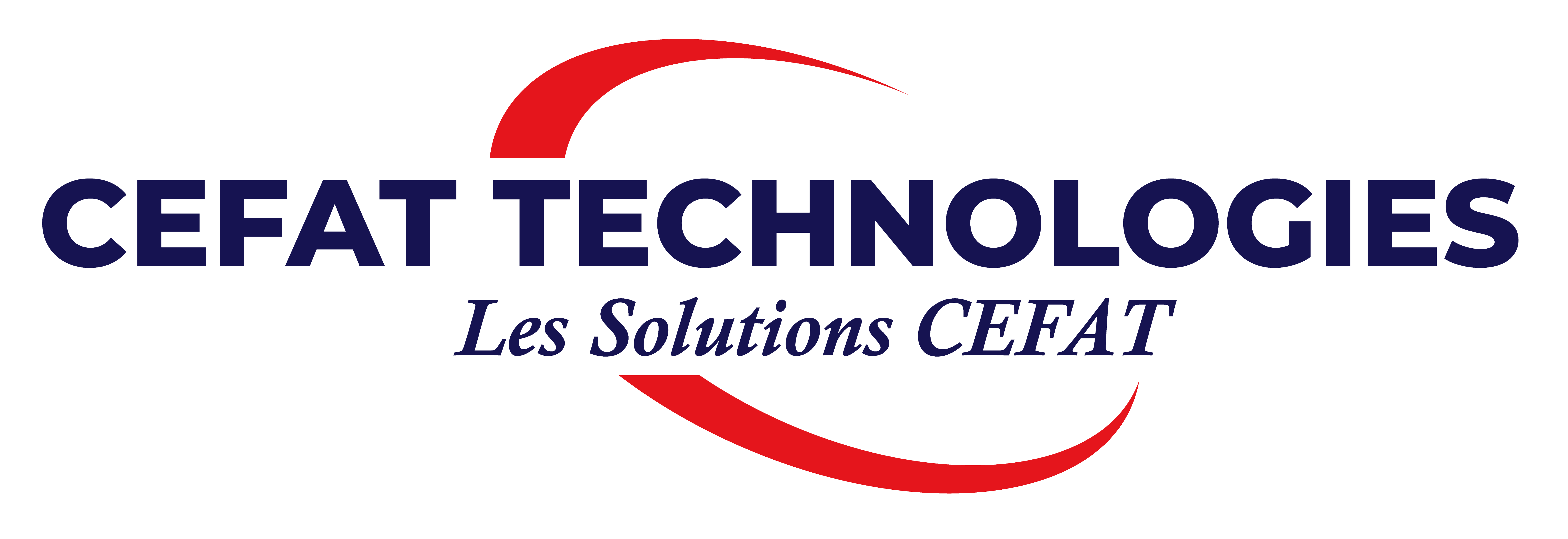How to make and sell an NFT
You’re left having to take the risk and wait and see how much you get charged overall if you make a sale, and to hope that you still come out with a profit. If you do fancy taking a punt and throwing some money into making NFT art, though, we wish you the best of luck. We’d love to hear about how you get on via Twitter at @creativebloq or Instagram at @creativebloqofficial. The jargon involved in the cryptocurrency world can make this part of learning how to make and sell an NFT quite daunting, but buying currency is actually very easy to do. Just be aware that like bitcoin and many other cryptocurrencies, the value of Ether can fluctuate hugely.
A step-by-step guide to how to make and sell an NFT and possibly earn some money for your art. When making your how to buy ethereum 2.0 first NFT, think about how you can offer value to your audience. If you already have a business, you can try creating a loyalty card or exclusive promo code. With a bit of research, time, and creativity, anyone can take advantage of this emerging market to make some money doing something they enjoy. Cross-Promoting with NFT CommunitiesParticipate in NFT communities and collaborate with other creators.
How to sell an NFT FAQ
- Trust Wallet is a great option if you are looking for a mobile wallet.
- As we’re using a desktop computer, we’ll choose the option to install the browser extension, but there’s also a mobile app.
- Timed auctions allow prospective buyers to bid on NFTs for a limited time, with the highest bidder getting the NFT and paying the final bid.
- You’ll then be given options to create a single, one-off work, or to sell the same item multiple times.
- Creating NFTs requires a basic understanding of minting, blockchain, crypto wallets, marketplaces, and gas fees.
The selection usually depends on the type of NFT you’re selling and the fees involved in trading the cryptographic asset. The first thing you need to what is the right time to buy bitcoin do to make and sell an NFT is to ‘mint’ your NFT (we’re assuming you already have the piece of art that you want to turn into an NFT). After creating your wallet, you must fund it with crypto tokens supported by your chosen platform. The process of minting records data in a public ledger that is unchangeable and tamper-proof, and which can follow and track the NFT as future sales are made. Minting usually has a cost – the gas fee that we mentioned above. But as we said, some marketplaces are becoming creative about how, when and to whom the fees are charged.
Step 4: Choose an NFT Platform
Smart contracts are pieces of software code that allow blockchain to store information in a secure and transparent way. Ultimately, these codes are what manage the ownership and transferability of NFTs. For users requiring additional security, a hardware wallet should work. This is a device that physically connects to a computer, similar to a hard drive, that is used to store cryptocurrencies offline. how to buy dag Finding and using a reputable NFT marketplace doesn’t require technical knowledge.
How to create and mint an NFT
These rights may include reselling the NFT, partial ownership, how you can display or use it, and more. When you create the NFT, you can add in a royalty fee that pays you a percentage of the transaction each time your NFT is subsequently sold. A token, in this regard, is the item’s information hashed into an alphanumeric string. This token is stored on the blockchain and establishes ownership of a digital item. Inspired by artist Maurizio Cattelan’s divisive 2019 piece « The Comedian, » I used the Kapwing Studio Editor to create my first NFT in just a few minutes.
By understanding the process, marketing strategies, and ethical considerations, you can dive into the NFT space with confidence and unlock the full potential of this dynamic market. Showcasing the Story Behind Your NFTsArticulate the story and concept behind your NFTs. Share the inspiration, Creating and selling NFTs is an exciting venture that opens up a world of opportunities for artists, creators, and collectors. As a creator, you might own the intellectual property rights to the NFT, but you only own the NFT as long as you own the rights to the content and materials you used. As a purchaser, you own the rights that are legally passed to you in the purchase agreement.
Many blockchain wallets are suitable for an NFT account, including popular ones like MetaMask, Coinbase Wallet, and Trust Wallet. Each NFT platform accepts different wallets, so it’s best to check their help sections when selecting a compatible wallet. Using a crypto wallet lets you complete and sign transactions without storing your account information on the platform. Non-fungible tokens (NFTs) are assets encrypted on a blockchain with unique codes that differentiate one from another, giving the purchaser specific rights.
Gas fees can run higher and take longer to compute than expected, so users should be patient and have enough money in their crypto wallets to cover their fees. Once the details of your sale are filled in, you can create the listing. This will require you to sign a few transactions in your digital wallet, which may include paying transaction fees on your chosen blockchain. Solana transactions are tiny, typically less than $0.01, while listing an NFT on the Ethereum blockchain can cost more, depending on the network fees at the time of listing. Non-fungible tokens can be created directly on NFT platforms, allowing you to mint (the process of creating or producing something) and upload your artwork on a blockchain. This guide will detail the steps needed to create your first NFT, including how to upload your artwork, choose the right blockchain, and where to list it for sale.







